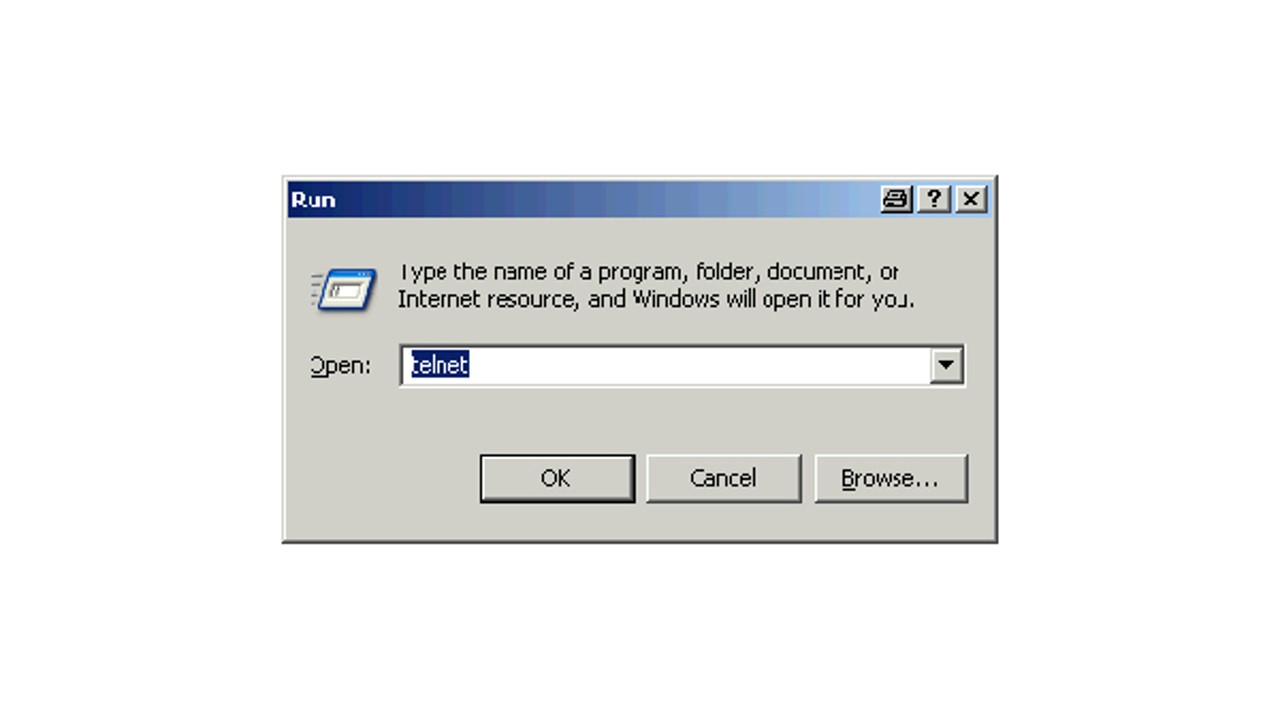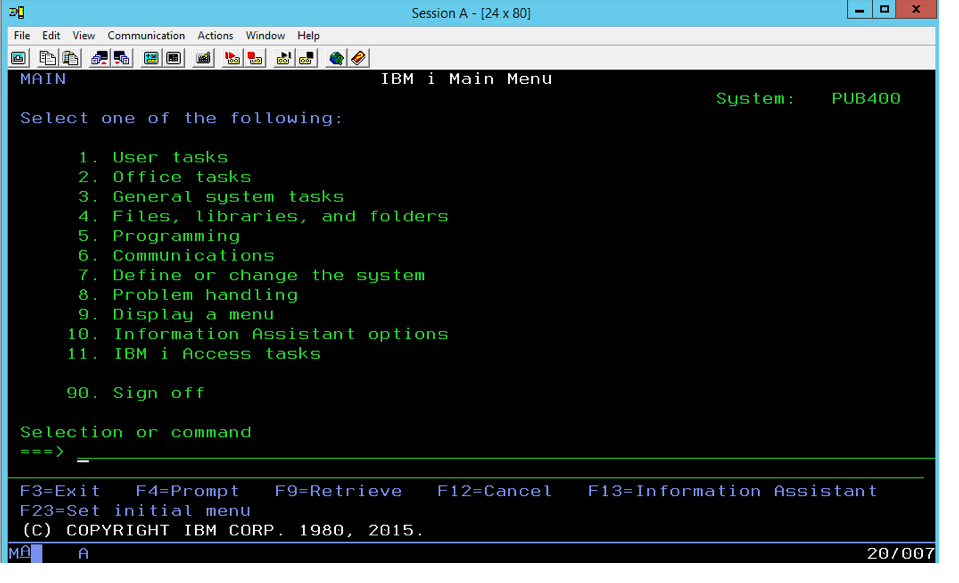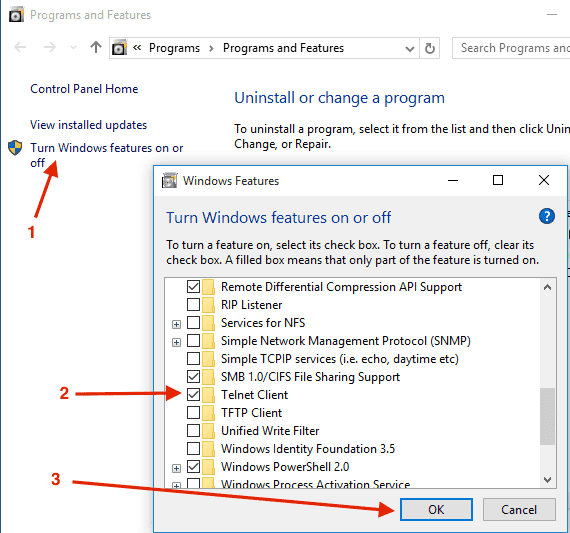
- #HOW TO USE TELNET TO START PROGRAMS REMOTELY SOFTWARE#
- #HOW TO USE TELNET TO START PROGRAMS REMOTELY PASSWORD#
Several vulnerabilities have been discovered over the years in commonly used Telnet daemons.Most implementations of Telnet have no authentication that would ensure communication is carried out between the two desired hosts and not intercepted in the middle.
#HOW TO USE TELNET TO START PROGRAMS REMOTELY PASSWORD#
Telnet, by default, does not encrypt any data sent over the connection (including passwords), and so it is often feasible to eavesdrop on the communications and use the password later for malicious purposes anybody who has access to a router, switch, hub or gateway located on the network between the two hosts where Telnet is being used can intercept the packets passing by and obtain login, password and whatever else is typed with a packet analyzer.The rise in the number of people with access to the Internet, and by extension the number of people attempting to hack other people's servers, made encrypted alternatives necessary.Įxperts in computer security, such as SANS Institute, recommend that the use of Telnet for remote logins should be discontinued under all normal circumstances, for the following reasons: In this environment, security was not nearly as much a concern as it became after the bandwidth explosion of the 1990s. When Telnet was initially developed in 1969, most users of networked computers were in the computer departments of academic institutions, or at large private and government research facilities. ( April 2010) ( Learn how and when to remove this template message) Unsourced material may be challenged and removed. Please help improve this section by adding citations to reliable sources. Telnet is best understood in the context of a user with a simple terminal using the local Telnet program (known as the client program) to run a logon session on a remote computer where the user's communications needs are handled by a Telnet server program. Some extensions have been widely implemented and others are proposed standards on the IETF standards track (see below) Some of these extensions have been adopted as Internet standards, IETF documents STD 27 through STD 32. Many extensions were made for Telnet because of its negotiable options protocol architecture. On March 5, 1973, a Telnet protocol standard was defined at UCLA with the publication of two NIC documents: Telnet Protocol Specification, NIC 15372, and Telnet Option Specifications, NIC 15373. Any byte with the high bit set was a special Telnet character. Įssentially, it used an 8-bit channel to exchange 7-bit ASCII data. The primary function of a User TELNET, then, is to provide the means by which its users can 'hit' all the keys on that virtual teletype. The TELNET protocol is based upon the notion of a virtual teletype, employing a 7-bit ASCII character set. Telnet, however, predates TCP/IP and was originally run over Network Control Program (NCP) protocols.Įven though Telnet was an ad hoc protocol with no official definition until March 5, 1973, the name actually referred to Teletype Over Network Protocol as the RFC 206 (NIC 7176) on Telnet makes the connection clear: Typically, this protocol is used to establish a connection to Transmission Control Protocol (TCP) port number 23, where a Telnet server application (telnetd) is listening. Telnet is a client-server protocol, based on a reliable connection-oriented transport. For example, a common directive might be: " To change your password, telnet into the server, log in and run the passwd command." In most cases, a user would be telnetting into a Unix-like server system or a network device (such as a router).

To telnet means to establish a connection using the Telnet protocol, either with a command line client or with a graphical interface. Telnet client applications are available for virtually all computer platforms.
#HOW TO USE TELNET TO START PROGRAMS REMOTELY SOFTWARE#
The term telnet is also used to refer to the software that implements the client part of the protocol. However, because of serious security concerns when using Telnet over an open network such as the Internet, its use for this purpose has waned significantly in favor of SSH.

Historically, Telnet provided access to a command-line interface on a remote host.

Telnet was developed in 1969 beginning with RFC 15, extended in RFC 855, and standardized as Internet Engineering Task Force (IETF) Internet Standard STD 8, one of the first Internet standards. User data is interspersed in-band with Telnet control information in an 8-bit byte oriented data connection over the Transmission Control Protocol (TCP). Telnet is an application protocol used on the Internet or local area network to provide a bidirectional interactive text-oriented communication facility using a virtual terminal connection. A telnet client accessing the Busybox in a router.


 0 kommentar(er)
0 kommentar(er)
